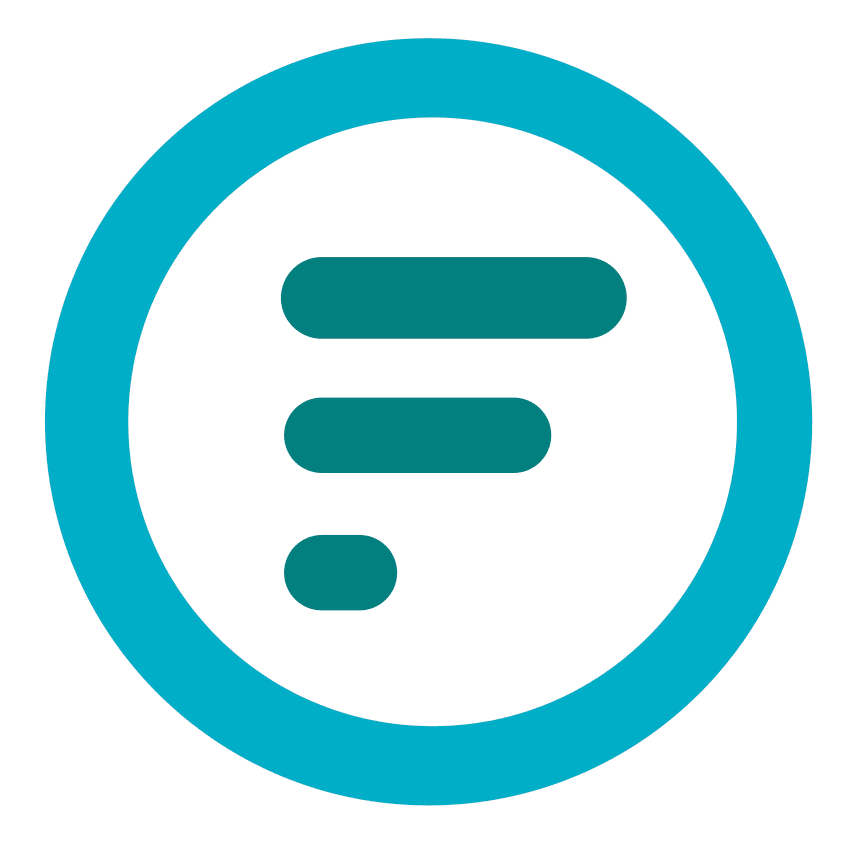Here are some suggestions for improving your online security protection through some simple steps which shouldn’t take long or cost much money.
Keep your device software up-to-date
Cybercriminals, malicious software and computer viruses are always looking for ways into your devices. One of the most common ways they do this is through exploiting weakness in software—also known as vulnerabilities. Much like a thief attempting to break into a home, cybercriminals will always look for the easiest way in. When your software is not up to date, it’s like leaving a window unlocked.
Update your passwords
Like your socks, change your passwords, often. The simple act of updating your passwords means sets compromised data won’t match. That means if someone steals access to your name, address, email, date of birth and mobile number in a data leak …. the linked password they got won’t match all your other website logins.
Use passphrases and strong passwords, always.
And switch on passcodes on your devices… even where they’re optional.
Protect your important files (documents, photos, multimedia) on a USB drive and password protect it. Then store it somewhere safe, unconnected to the internet, where you will notice if it’s no longer there. Update it often to keep your backup current. If you are the victim of a ransomware attack or cloud storage failure, you have your own resources.
Install good self-defence on your computer
Antivirus apps with real-time protection, VPNs for connecting safely on insecure networks, content blockers, secure password generation and management tools. Do your own research on what tools would be most appropriate for you, and get them.
Pay with your phone, not with your plastic.
How is that better than using the credit card itself? Your device is (hopefully!) protected with a passcode or ‘biometric’ ID like fingerprint or FaceID which uses technology to add a layer of security. Also, the digital wallet apps generate a one-use authentication code, good for the current transaction only. Even if someone steals that code, it wouldn’t do them any good. And paying with a smartphone app eliminates the possibility of data theft by a credit card skimmer.
MFA
MFA (Multi Factor Authentication) is a great way to introduce higher level security to your digital life. The simple need to have access to two of your devices such as both your phone and computer in order to log into your sensitive data makes it much less likely that losing your phone or having your computer hacked will expose you to a data security incident.
Set up different email account for different uses.
Have an email address for your online shopping, another for news and subscription sites, one for work comms and another for personal comms. Creating separation and ‘data silos’ can limit the amount of interconnected personal information about you that a data leak or data loss will contain.
Clear out your cache
Never underestimate how much your web browser’s cache knows about you. Saved cookies, searches, transactions, and your browsing history can point to home address, family information, and other personal data. Also emptying your computer’s ‘Temp’ folders, offloading unused applications, and running a check on your computer (on a Mac it’s the Disk Utility tool and run First Aid, on a Windows PC it’s the Disk Cleanup and Check Disk applications)
Review your website logins
Alsocheck to see if you reused passwords. Delete unused accounts like online stores you once bought one thing from or change the logins to unique strong passwords. The reason is, if you used the same login you use for your banking to buy something from an online retailer and their data is leaked…. someone may well have your name/email/mobile/password combination.
Google probably knows more about you that the Australian government
For a sobering view on what Google knows, have a read of this Guardian article. It is over five years old now and privacy laws have changed but it’s safe to assume that what they knew about you then, they likely know a lot more now. Taking the time to review the privacy settings you can control is an excellent place to start spring cleaning your online life.
Check your connections.
Wi-Fi isn’t always safe and secure. When you use public Wi-Fi networks, cybercriminals can intercept the information that you send, so take care not to send or receive any sensitive or valuable information via public Wi-Fi. Only use Wi-Fi networks run by people or organisations that you know and trust. If you decide to use a public Wi-Fi network, turn off any auto-connection settings on your device and avoid logging on to online accounts, accessing sensitive information or pay online using your credit card.
Do you really need an app for that?
Installing apps for everything on your devices can be problematic because apps can learn a lot about you due to all the different types of data they can access, and the specific security settings you allow them. Look through your smartphone and delete apps you don’t really need and use a browser instead of an app. Privacy-wise, browsers can be preferable because they can’t access as much of your information as an app can.


